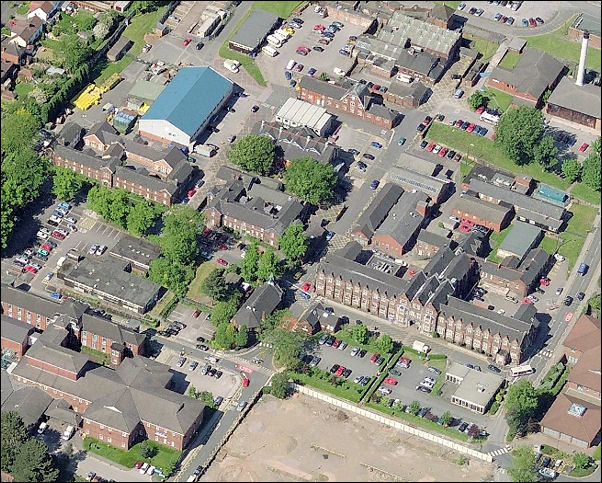

In particular, impaired vasodilation has been reported with hypertension due to elevated mean arterial pressure (MAP Miller et al., 1987) or pulse pressure (Ceravolo et al., 2003) it is associated with an imbalance between the generation and release of vasodilator and vasoconstrictor compounds due to endothelial dysfunction (Tang and Vanhoutte, 2010). There is a pressing need, however, to understand better the possible spatial as well as temporal progression of vascular stiffening and dysfunction in hypertension, including causes of the increases in large artery stiffness that can, in turn, increase pulse wave propagation and exacerbate the hypertension by affecting arteriolar function in vital organs (Davidson et al., 1985 Humphrey and Na, 2002 Garcia and Kassab, 2009). Indeed, mounting evidence suggests that stiffening of central arteries (e.g., the aorta) may be both an initiator and an early indicator of subsequent cardiovascular risk, particularly for low resistance organs such as the brain and kidneys (O’Rourke and Nichols, 2005 Payne and Webb, 2006 Greenwald, 2007 Narkiewicz et al., 2007 Glasser and Arnett, 2008). Hypertension is caused by and causes significant remodeling of arteries and arterioles, which results from phenotypic changes by vascular cells and associated changes in extracellular matrix that often lead to an increased stiffness of the vessel and dysfunctional behaviors. Hypertension affects up to a third of the adult population in the United States and is a significant risk factor for many diseases, including aortic aneurysms and dissections, atherosclerosis, end stage renal failure, heart failure, intracranial aneurysms, and stroke. Taken together, these results suggest a spatiotemporal progression of vascular remodeling, beginning first in large elastic arteries and delayed in distal vessels. Conclusion: These findings, coupled with the observation that temporal changes in wall constituents and the presence of macrophages differed significantly between the thoracic aorta and coronary arteries, confirm a strong differential progressive remodeling within different vascular beds. Consistent with these differential findings at the arterial level, we also found a diminished nitric oxide-mediated dilation to adenosine at 8 weeks of hypertension in coronary arterioles, but not cerebral arterioles. In contrast, no significant changes were observed in the middle cerebral arteries from the same animals. Results: Marked geometric and structural changes occurred in the thoracic aorta and left anterior descending coronary artery within 2 weeks of the establishment of hypertension and continued to increase over the 8-week study period. Methods: We used an aortic coarctation model of hypertension in the mini-pig to elucidate spatiotemporal changes in geometry and wall composition (including layer-specific thicknesses as well as presence of collagen, elastin, smooth muscle, endothelial, macrophage, and hematopoietic cells) in three different arterial beds, specifically aortic, cerebral, and coronary, and vasodilator function in two different arteriolar beds, the cerebral and coronary. Less is known, however, regarding the relative evolution of such changes in vessels from different vascular beds. Objectives: Effects of hypertension on arteries and arterioles often manifest first as a thickened wall, with associated changes in passive material properties (e.g., stiffness) or function (e.g., cellular phenotype, synthesis and removal rates, and vasomotor responsiveness).


 0 kommentar(er)
0 kommentar(er)
